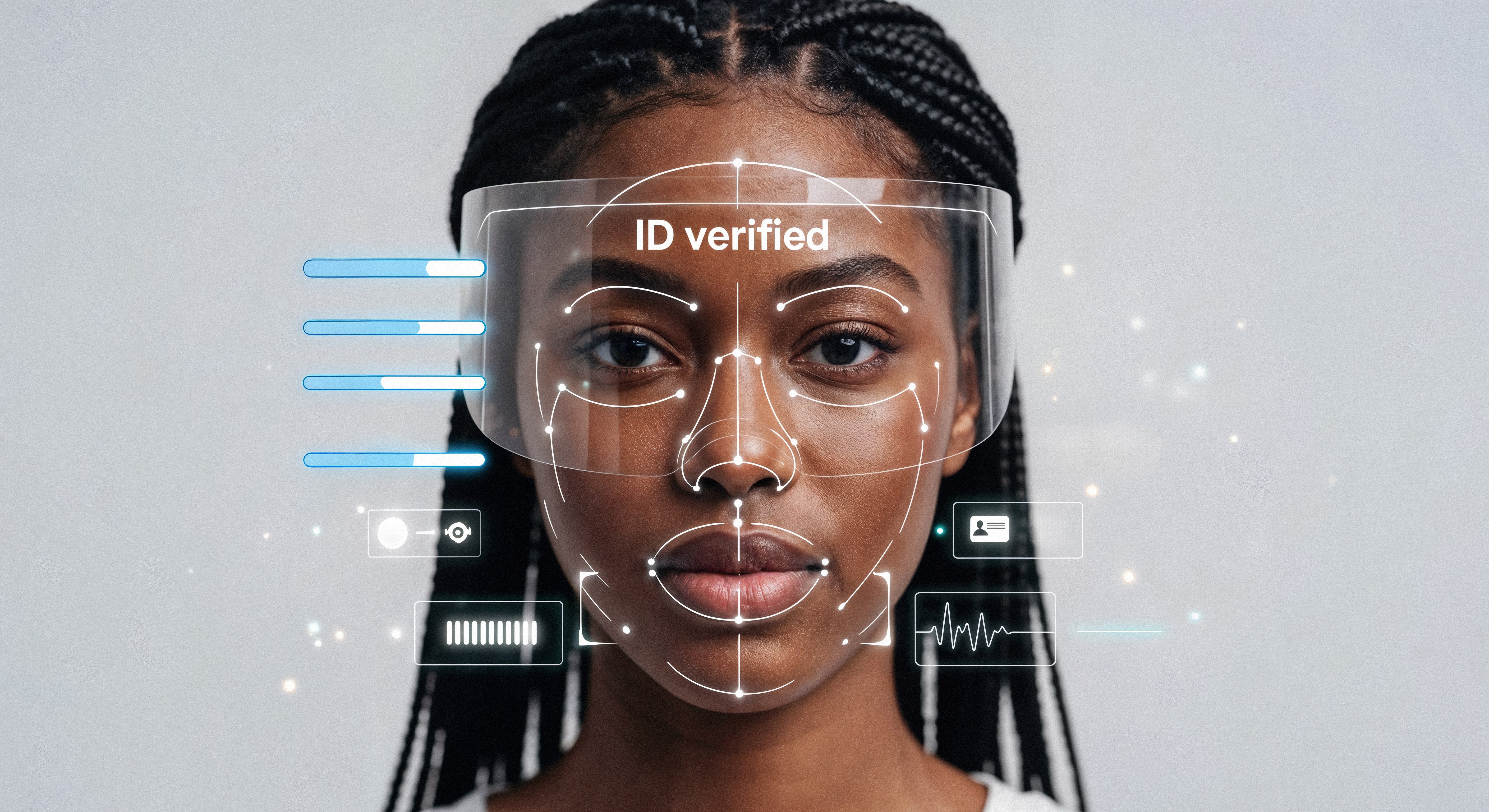info@sadi.co.ke
+254727368241
As our lives move deeper into the digital sphere, protecting personal data has become a global priority. In 2025, biometric security is emerging as the next frontier in safeguarding identities, combining advanced technology with the unique characteristics of the human body.
What Is Biometric Security?
Biometric security uses measurable biological or behavioral traits—like fingerprints, facial recognition, iris scans, or even voice patterns—to authenticate identity. Unlike traditional passwords or PINs, biometrics are much harder to steal or replicate, making them one of the most reliable tools in personal data protection.
Why Biometric Security Matters
Cybercrime is evolving, and weak passwords remain a major vulnerability. With phishing attacks, data breaches, and identity theft on the rise, consumers and businesses alike need stronger methods of authentication. Biometric systems offer a personalized layer of security that reduces reliance on easily compromised credentials.
Key Applications of Biometrics
Mobile Devices: Unlocking phones with fingerprints and facial scans.
Banking & Payments: Secure transactions through biometric authentication.
Healthcare: Protecting sensitive patient data with biometric access.
Workplace Security: Replacing keycards with fingerprint or iris-based access.
E-Government Services: Streamlining secure identification for public services.
Advantages of Biometric Security
Harder to forge or steal than passwords.
Enhances convenience—no need to remember multiple codes.
Provides faster and seamless authentication.
Builds trust in sensitive sectors like banking and healthcare.
Challenges to Overcome
While promising, biometric systems also raise concerns:
Privacy Risks: Stolen biometric data cannot be “reset” like a password.
False Positives/Negatives: Accuracy issues can lead to access errors.
Cost & Infrastructure: Implementation remains expensive for some organizations.
The Future of Biometric Protection
Next-generation biometric security is moving beyond fingerprints and face scans. Emerging technologies include heartbeat recognition, gait analysis, and even brainwave authentication. Combined with AI and blockchain, these innovations could create nearly unbreakable security systems.
Biometric security represents more than a technological advancement—it is a paradigm shift in digital trust. As adoption grows, it may become the standard for protecting personal data in the digital age.
 September 03, 2025 - BY Admin
September 03, 2025 - BY Admin